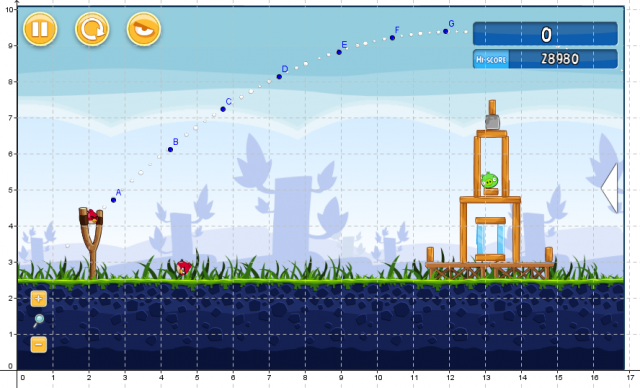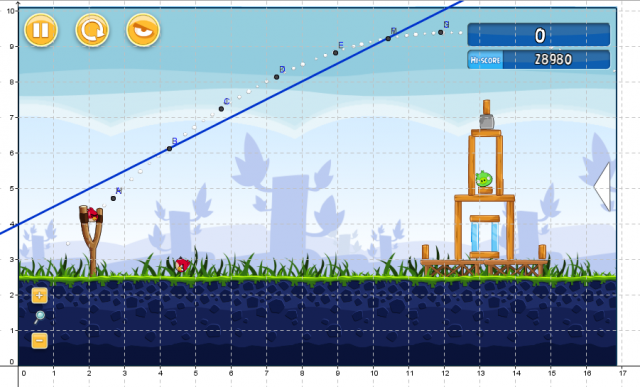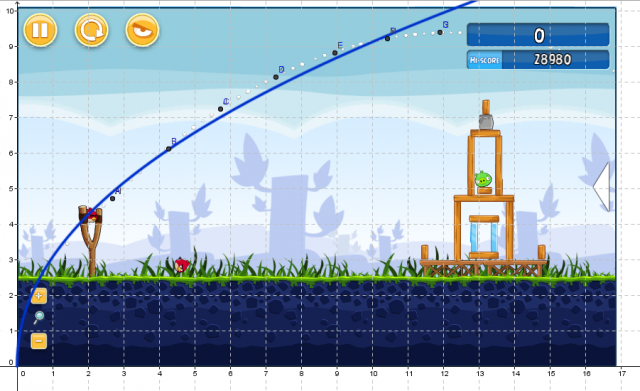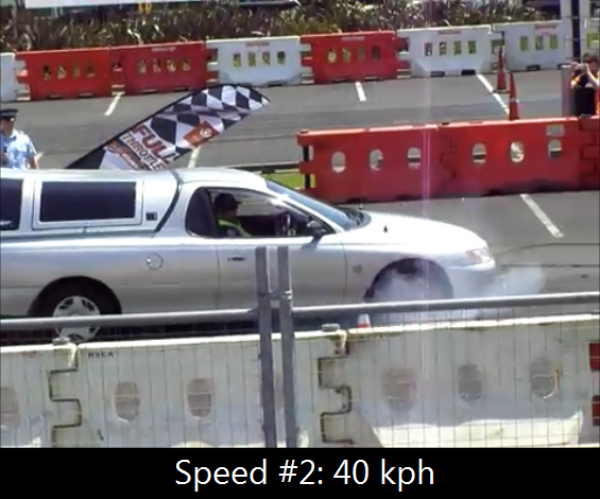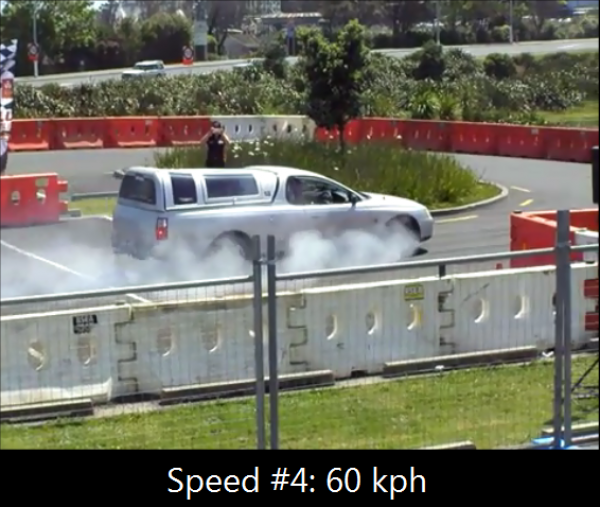A question which is always on the back of my mind every time I attend a conference, give a presentation, or work with my colleagues, is how much are we all learning?

Just like there are less and more effective activities for learning for students, the same is true of teachers. Above is a diagram with different learning activities, arranged from what is probably least effective (toward the bottom) to what is probably most effective for teacher learning. Note: I know of no evidence which would allow me to effectively rank these activities from least to most effective, and if none exists, that should worry all of us.
An observation I have is that the items on the bottom of this list are much more expensive than the items on the top of this list. In fact, we are quite likely spending many millions of dollars each year, as a profession, on activities which make very little difference on our learning, and through us, student learning.
The things are the top of the list are largely directed by teachers for themselves, and require significant investment from teachers in terms of time. How can we do a better of supporting teachers’ learning?
This reflection is prompted by the incredible learning I felt took place at Twitter Math camp, which may have been one of the conferences from which I learned the most during my entire career. How can we get more teachers involved in teacher led professional learning with supportive and encouraging peers?
